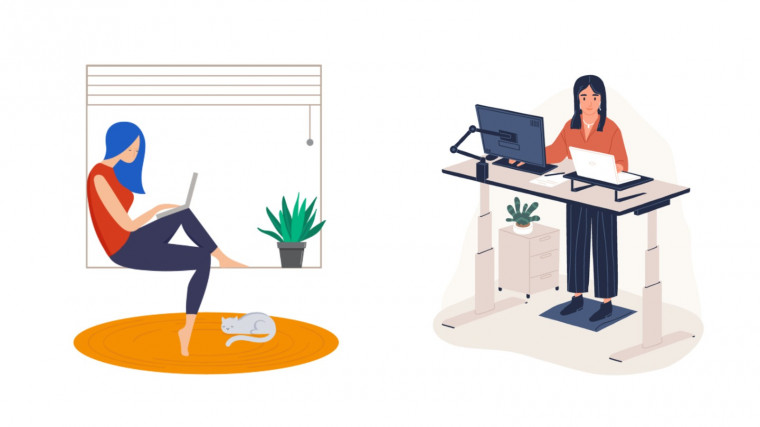Remember when companies went all out to outfit their workplaces with generous employee amenities? Premium coffee machines, fitness centres, free snacks, game rooms and even alcohol after 5pm, all to keep employees on-site as much as possible.
Think Silicon Valley tech giants like Google and you have a pretty good idea of what it used to be. I mean, there was even a 2013 movie starring Vince Vaughn and Owen Wilson about it.
Then times changed and hot desking – where desks are shared by different people at different times on an adhoc basis – became a thing. Even after Covid hit and we started working from our homes, flexible working spaces still managed to keep afloat.
Now, after our second round of Phase 2 Heightened Alert measures, Singapore is slowly reopening again. From Aug 19, up to half of employees working from home will be allowed to return to their workplaces.
But many Singaporeans may still be reluctant to give up their newfound flexibility.
In April, CNA reported that a YouGov survey of more than 1,000 employees found that six in 10 workers want a mix of working remotely and at the office. In fact, almost one in five (17%) wanted to work entirely from home.
Meanwhile, the proportion of people who would want to return to the traditional 9-to-5 office hour routine shrunk from 38 per cent last April to 24 per cent now.
That’s why it is not surprising that many companies are moving towards a more hybrid style workplace where employees can choose to work from either home or office, allowing them to schedule a more flexible work-life balance.
WFH: Saving time and money
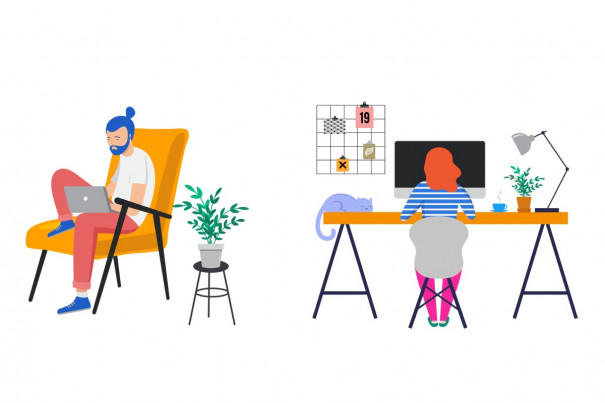
When we had to adapt to the first “new normal” last year as we all moved to working from home, Singaporeans didn’t like it at first. SMEs in particular weren’t quick to adapt to the new situation.
But over time, we started to realise the benefits. It also helped that big companies like Twitter announced that employees could work from home as long as they want to even after Covid-19 restrictions were lifted.
Benefits included zero commutes, saving time and money. Lunch at work can be expensive if you are working in the city. Time saved could be used to take care of a sick family member, or to spend time with your kids, get some extra snuggles with the dog, or simply get some important me-time.
WFH also helped alleviate stress on employees from juggling work and family demands.
Some companies reported better productivity as employees learned to carve out space and time to focus on their tasks without interruptions, something that a modern open-plan office didn’t allow all the time.
But not all of us were able to deal with the blurring of lines between home and work and some struggled with mental wellness challenges that arose from overwork, ironically as a result of being at home.
WFO: The importance of People Energy

That, to me, is why we need to realise that not returning to the office at all is neither realistic nor good for business.
The BBC recently reported that Google is considering cutting the pay of its US employees who work from home.
And what’s bad for business is also bad for our livelihoods. That could lead to a knock-on effect on the economy and that affects us all in one way or another.
The socialization and camaraderie that people bring together, should not be ignored. One of the biggest complaints of working from home was the isolation that it left us feeling.
All the Zoom meetings and all the virtual gatherings in the world cannot replace the intangible benefits of having a colleague nearby to bounce ideas off.
Maintaining one-to-one relationships is difficult when everyone is isolated in a different location, yet it is that casual interaction that is a critical factor when brainstorming or working on solutions. The collective energy is inevitably lost in a remote work situation.
For employers and leaders, effective leadership is all about presence. The best mentoring happens close-up, with a senior executive encouraging a younger associate, and with the associate embracing the unique opportunity to offer the leader his or her perspective.
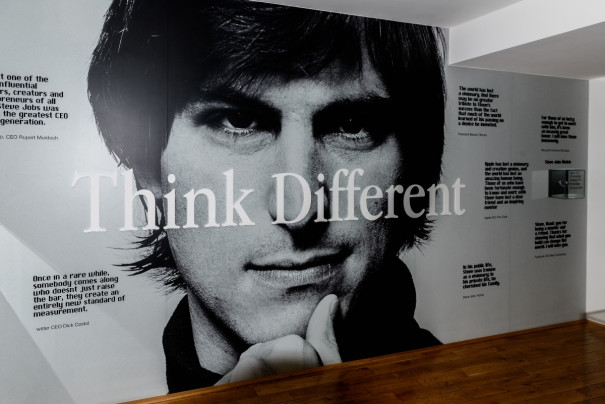
The unplanned coming together of employees in a common area also encourages spontaneity, something that the late Apple founder Steve Jobs believed in passionately.
We won’t know what Jobs would have thought about WFH today. We do know however that he had no interest in remote working solutions. He is famously quoted as saying “creativity comes from spontaneous meetings, from random discussions. You run into someone, you ask what they’re doing, you say ‘Wow’, and soon you’re cooking up all sorts of ideas.”
It is somewhat ironic that he was instrumental in creating technologies that have helped make WFH easier.
Key to the hybrid model: Trust
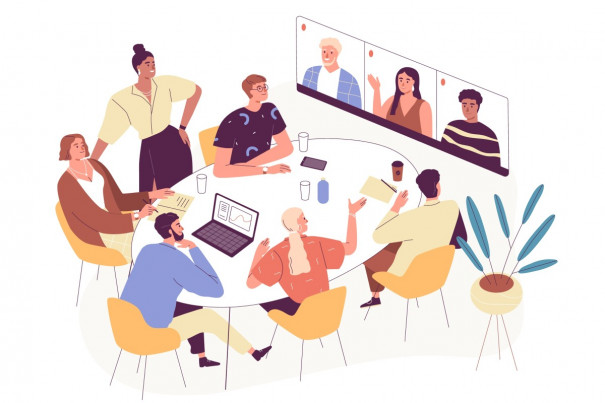
Our hybrid working conditions will evolve as we ride out the pandemic.
Just like how people were divided over video-assisted referees, opinions are mixed over the “new normal” of the working world. Employers and employees will simply have to decide what is best for them and their workplace, be it working from home, the office or a combination of both.
I suggest that the key to making this work is to remind ourselves of what kind of worker (and for bosses, what kind of workplace) we want to be.
Work ethics not only include how an employee feels about their job or career but also, how seriously they take their work responsibilities.
This involves our attitudes, our behaviour and our respect for our co-workers. Work ethics demonstrates who a person is and how they behave when no one is watching.
Honesty, integrity, and accountability are the three key factors that help improve workplace ethics, and I hope organisations will strongly promote these values at work.
It cuts both ways too: Employers should practise accountability towards their employees and their responsibilities towards the public trust, and not take umbrage at being questioned on their actions.
Other stories you might like
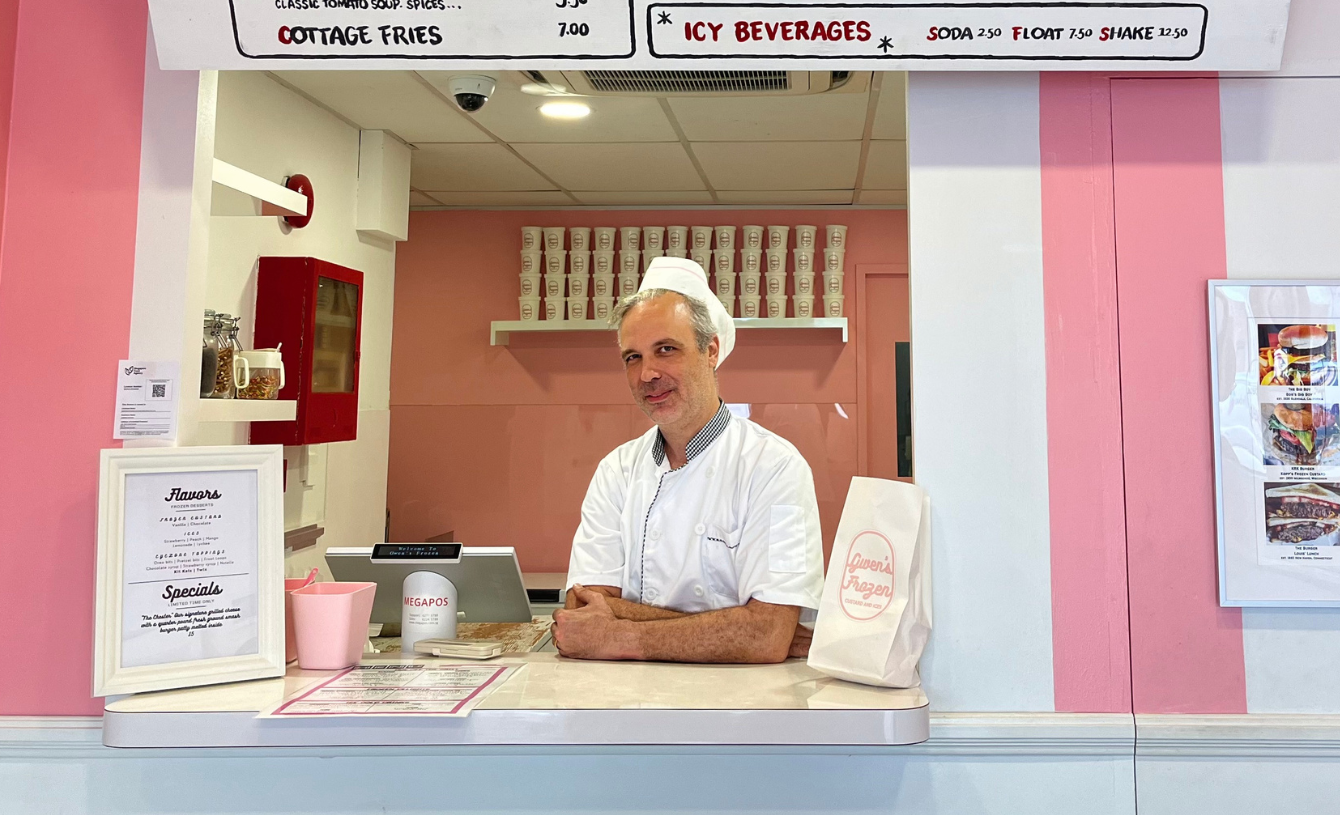

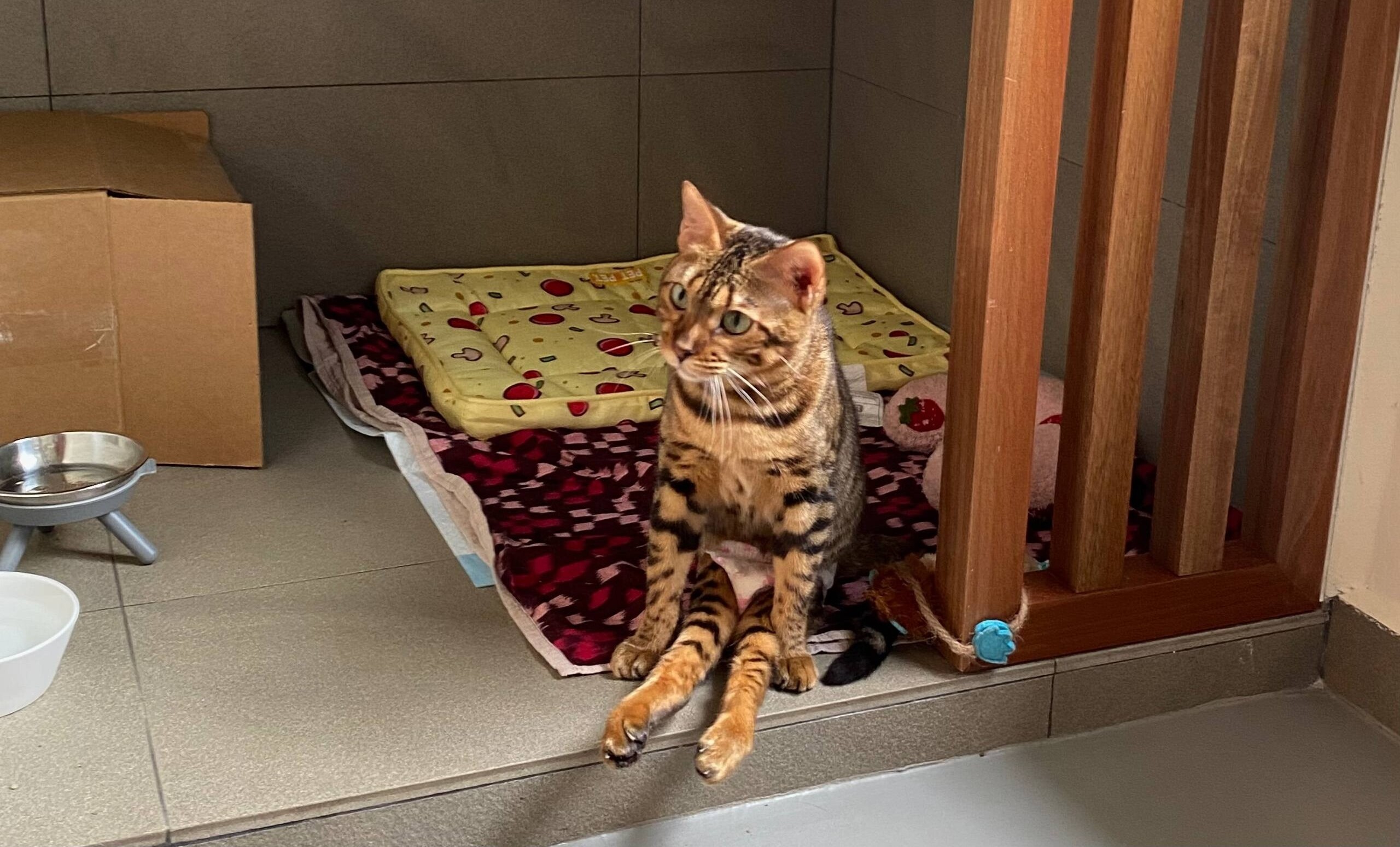


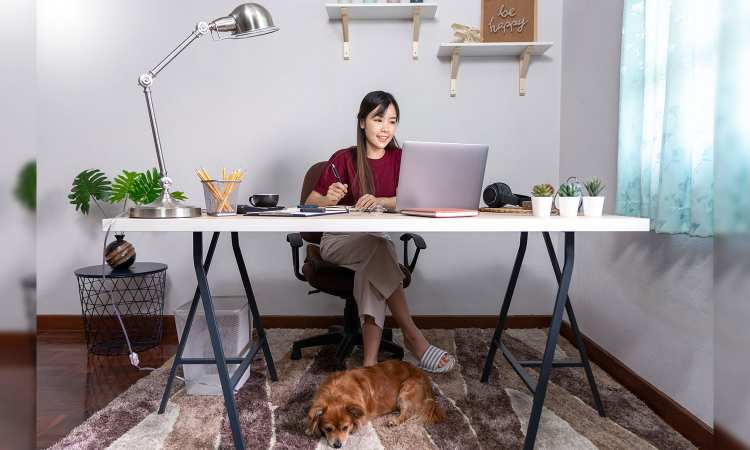
Trust is an essential factor. This is not as simple as simply having a paragraph on a website saying “We practise trust here”. Actions are needed, not just words.
Let’s be honest; if we want to cut corners and shirk work, we don’t need WFH to do that. Skiving can happen in any situation; working out of sight of the bosses just makes it easier. It is nigh impossible to stop an employee from lazing about if they put their mind to it.
That’s why trust is critical for a hybrid work arrangement to function. It encompasses a whole-of-organisation effort: From the top-level management down to the employees. Trust is earned by putting in constant effort in achieving actionable outcomes at work, regardless wherever you are.
When organisations can promote and practise such a culture, then a hybrid work arrangement will work. Because when employees witness and practise such values, it doesn’t matter where they work from, they will work from their hearts.
Greater together
A negative working atmosphere creates a highly stressful and unkind environment for everyone.
Employees withhold their talents, creativity, energy and passion. They lose productivity, their innovation capabilities and their competitive edge.
Trust enhances teamwork and collaboration. It has a big impact on how employees collaborate and work together on the same projects. As we WFH and WFO these days, trust is important to keep us stronger as we ride out this pandemic.

In 480 BC, in the battle of Thermopylae during the Persian wars, the Greek army, led by King Leonidas and his Spartans held out against overwhelming odds against King Xerxes of Persia. Despite the disparity in numbers, the Greeks held a defensive line only a few dozen metres long between a steep hillside and the sea, which prevented the Persians from utilising their vast army.
This story served as the inspiration for the 2006 Zack Snyder film, 300, which has spawned countless memes and references.
Even though the Spartans fell eventually (due to a betrayal), as long as they held ranks, they were stronger together against overwhelming odds.
Covid-19 is a pandemic and it has the potential to overwhelm our families, our economies and our health, as the virulent Delta variant is proving.
We only need to look around us to see its effects. In Singapore, we are enjoying relative freedom as compared to some other countries due to our safety measures, but no one is really safe until all of us are safe.
Experts have said that Covid-19 will not be the last global pandemic. They point to Disease X, a new unknown disease that could cause a future epidemic, a highly infectious, possibly even deadlier virus than Covid-19.
I’m not saying this to scare us, instead, to remind us that Covid-19 could just be a test run for future challenges.
So whether you are working from your office, a shared desk, your bedroom or from a café, let’s work together to keep each other safe; and to trust each other, to keep us working as a team – just like the Spartans.
If you like what you read, follow us on Twitter and Google News to get the latest updates.
